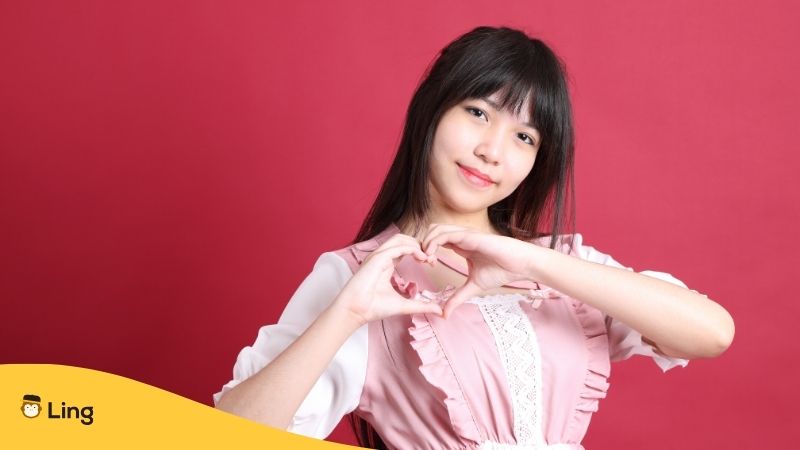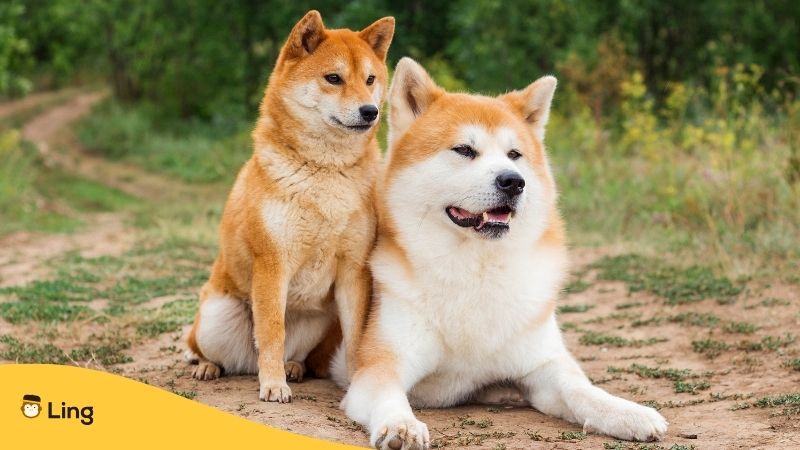Ever caught yourself asking, “What is Kawaii in Japanese?” I can’t blame you! As someone who spent a year in Japan, I know that almost cartoonishly cute the country seems sometimes. I’m talking big-eyed Hello Kitty faces that peer at you from every gift shop, the precious panda mascots posing for selfies, and the streets decked out in pastel colors and frilly textures. What gives?
In this ultimate guide for first-timers, I’ll decode exactly what kawaii is in Japanese language and culture from how it evolved from schoolgirl slang to dominating mainstream media. Let’s begin!
Table of Contents

What Is Kawaii?
I know, I know – at first glance, kawaii (かわいい) probably just looks like the Japanese word for cute. And yeah, it totally covers stuff that’s straight-up adorable, like those iconic Sumikko Gurashi goods. But real talk: kawaii has a much richer definition going on behind the scenes!
When you break down the kanji characters, kawaii encompasses way more than just cute. We’re talking “tiny,” “lovable,” “childlike,” “pretty,” and even “beautiful” and “sexy.” Wild, right? So a piece of jewelry can be kawaii. A girl acting cutesy is kawaii. A sweet haircut, your pet hamster, a scenic sunset – kawaii has room for all of that.
How To Use Kawaii In Japanese?
I know you’re just itching to start sprinkling some kawaii magic into your vocabulary! Well, let me break it down for you.
Nowadays, kawaii only carries positive, complimentary vibes. You can apply it to living things, objects, styles, behaviors – anything that strikes you as sweet, cuddly, innocent, charming, etc. It’s kind of like an umbrella term for all things delightful!
You’ll also see kawaii modified to express different times/situations:
- Kawaii – Cute
- Kawaikunai – Not cute
- Kawaikatta – Was cute
- Kawaikunakatta – Was not cute
Still unsure how this compliment works? Lemme give you some real-life examples so you can start practicing
Kono ningyō wa totemo kawaii desu ne!
Japanese: この人形はとてもかわいいですね!
Translation: “This doll is so cute!”
Anata wa totemo kawaii ko desu!
Japanese: あなたはとてもかわいい子です
Translation: “You’re such a cute girl!”
Wan wan wa kawaii neko desu yo!
Japanese: わんわんはかわいいねこですよ!
Translation: “That puppy is a cute cat!”
Totemo, totemo kawaii!
Japanese: とても、とてもかわいい!
Translation: “So, so cute!”

What Is The Japanese Kawaii Culture?
The Japanese Kawaii culture is a major aspect of Japanese popular culture that promotes charm across various aspects of society – from merchandising to art to behaviors. No wonder I found my inner child obsessing over big-eyed manga characters, character food items, and pastel cat headphones during my travels.
It may seem super quirky and colorful to visitors at first glance (fair enough). But let me spill some tea about this phenomenon beyond the adorable stuffed animals and glittery poop emoji pens.
Rewind a few decades back in the day when cute handwriting and doodles started trending hard among Japanese teens and schoolgirls. We can thank the youths back then for kicking off today’s billion-dollar industry, pumping out endless kawaii everything! Pretty wild how some scribbles in a notebook become major culture.
Now sure – fads come and go like clockwork here. But don’t be fooled…kawaii has dug its roots deep into the country’s DNA. And for good reasons too! It drops a dose of playfulness to balance the infamous rigidness and rules Japanese society can have. Plus, it connects to nostalgia and inner child vibes, you know?
How To Dress Kawaii
- Go for bright colors, pastels, and white. Think pinks, purples, blues, rainbows!
- Wear school uniform
- Accessories like ribbons, bows, bloomers, ruffles, lace
- Sweet motifs like hearts, stars, flowers, teddy bears
- Fun patterns like polka dots, stripes, gingham check
How To Act Kawaii
- Channel your inner youth!
- Be playful, innocent, wide-eyed
- Higher-pitched voice
- Sweet gestures
- Pose cutely for photos, throw up peace signs
- Use cute words/grammar: “chu~” instead of “kiss”
How To Look Kawaii
- Soft makeup looks with neutral tones, pink blush
- Big-eyed contact lenses and fake lashes
- Trendy short bobs, curly hair, pigtails, space buns
Who Are The Famous Kawaii Characters?
Now that you’ve got the textbook rundown on all things kawaii, let me introduce you to the celebrity A-listers of the kawaii world! Japan’s most beloved cute characters have starred in merch, movies, theme parks, you name it. They’ve also raked in some serious money over the years.
Here are some of the OG kawaii icons you should meet:
Hello Kitty
With that simple red bow and dotted eyes, she rocketed Sanrio to fame. No wonder Hello Kitty decorated everything from luggage to toasters for decades. She personifies innocence and friendship in the body of an adorable cat? Bunny? Up for debate!
Pikachu
This mascot creature of the Pokémon franchise has remained one of the most globally recognized kawaii characters for decades. Pokémon’s cheerful electric mouse, Pikachu’s signature cry of “pika-pika!” and glowing red cheek sacs pack a double dose of cuteness in both games and anime.
Gudetama
A more modern kawaii hit, Sanrio’s Gudetama is an anthropomorphic slacker egg yolk designed by an artist to relieve workplace stress. Unlike energetic cuteness, Gudetama reflects the growing culture of self-care and healing in Japan through his depression egg style – just lying around balanced on his head while grumbling cynically.
Pompompurin
Yet another iconic Sanrio golden retriever cartoon dog. His name combines Japanese onomatopoeia for round soft things (pompon) and the English word pudding (purin).
Totoro
The embodiment of childhood wonder, Totoro is a lovable chubby gray forest spirit who first appeared in My Neighbor Totoro film. Despite being furry, big, and almost intimidating, he’s friendly and gentle with two young protagonists. His simple smiling face connects to the heart and nostalgia of youth.
No Face
Studio Ghibli’s No Face from Spirited Away proves kawaii has range beyond just adorable characters. His masked ghostlike form initially seems foreboding but takes on an eerie cuteness through awkward attempts to make friends with the film’s heroine Chihiro. No Face’s quest for connection makes him unexpectedly kawaii.
Ready To Embrace The Kawaii Japanese Culture?
Want to fuel that cultural curiosity even more? I highly recommend downloading the Ling app for convenient Japanese language lessons from real tutors. Learning just a little bit of conversational Japanese can make your kawaii explorations in Japan way richer and more meaningful.
With handy bite-sized lessons, Ling will build up your practical language skills in no time. And you’ll pick up plenty of fun kawaii vocabulary along the way too! It’s the perfect tool to keep expanding your connections to Japanese culture. Give it a try now!



































































